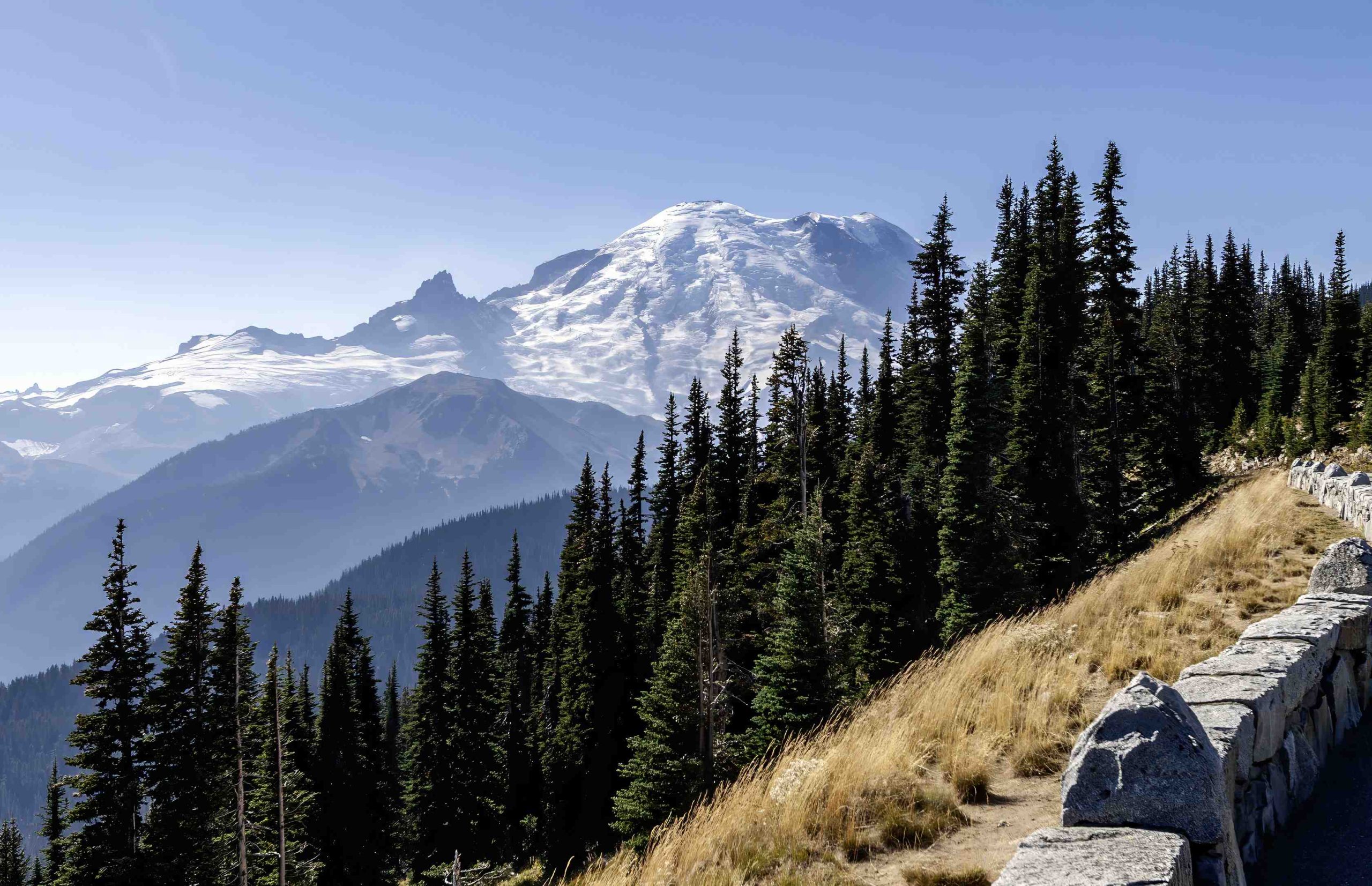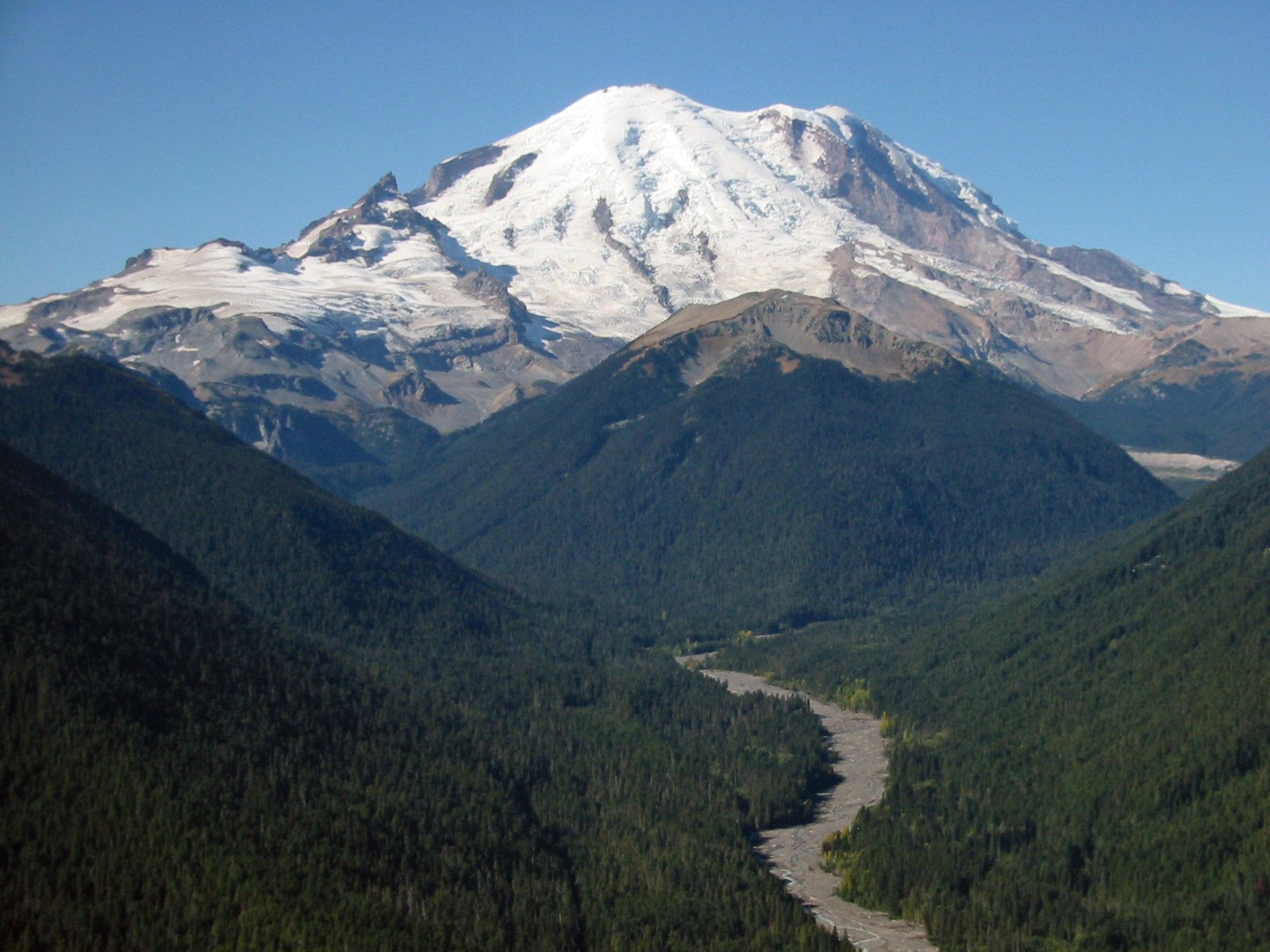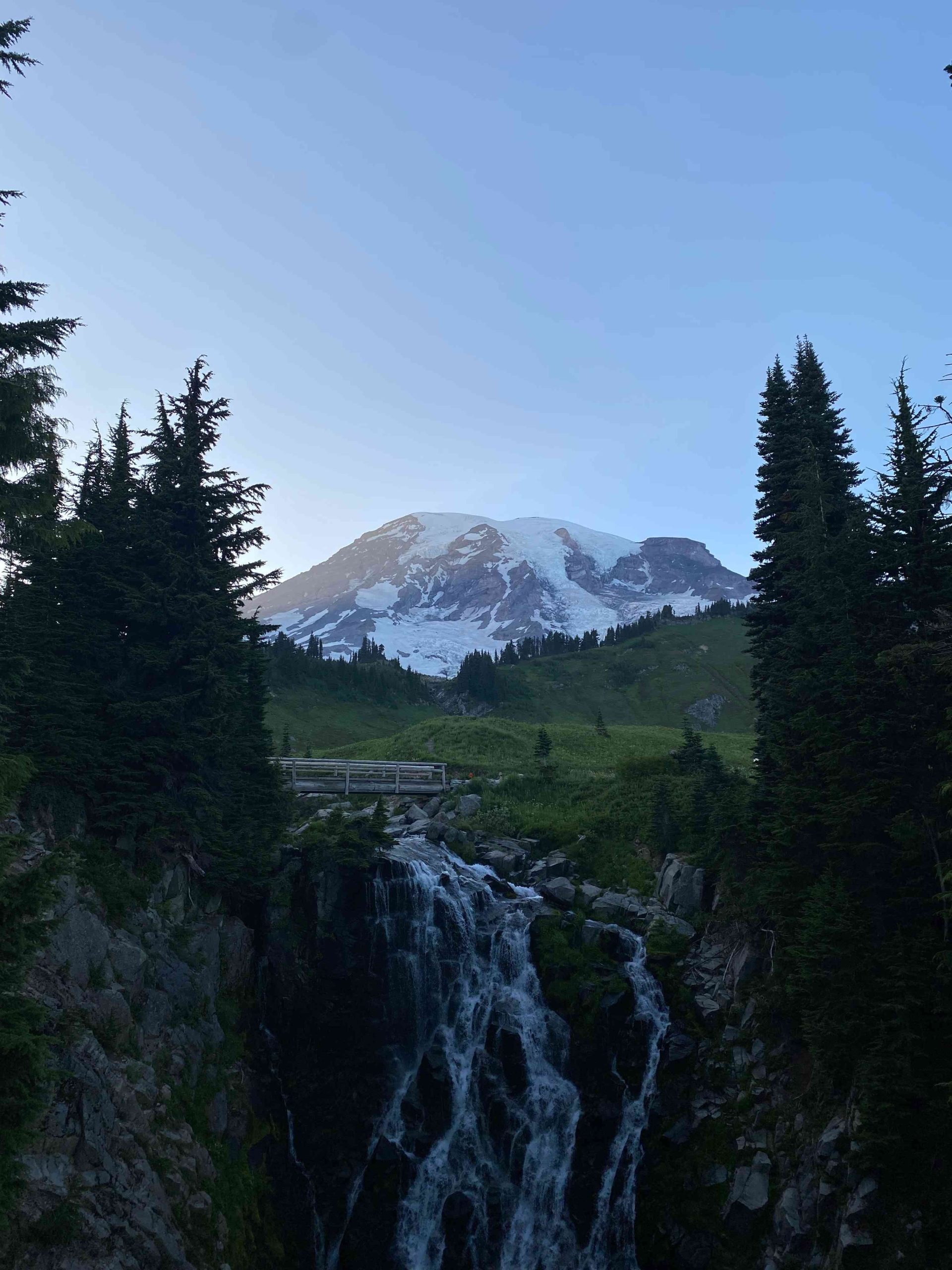Mount Rainier, an iconic peak in Washington State, is renowned for its significant snowfall and varying snow elevations. This guide explores the current snow levels, historical data, and factors affecting snow elevation at Mount Rainier. From the Paradise SNOTEL station measurements to the impact of climate change on the mountain’s snowpack, we’ll delve into the dynamic nature of snow on this majestic volcano.
What Are the Current Snow Elevation Measurements at Mount Rainier?

The Paradise SNOTEL station, situated at 5,120 feet elevation, provides the most up-to-date snow measurements for Mount Rainier. As of October 16, 2024:
- Snow depth: Not accurately measurable due to technical issues
- Snow water equivalent: 0.3 inches
It’s important to note that snow conditions can change rapidly, and visitors should always check the most recent data before planning their trip.
How Do Seasonal Snow Levels Vary at Mount Rainier?

Mount Rainier experiences significant seasonal variations in snow levels:
Historical Averages
- Average annual snowfall at Paradise: 640 inches (53.3 feet or 16.2 meters)
Record-Breaking Years
- Highest snowfall: 1,122 inches (93.5 feet) in 1971-1972
- Lowest snowfall: 266 inches (22.2 feet) in 2014-2015
Recent Trends
Over the past five years, Mount Rainier has seen considerable fluctuations in snowfall. Climate change has played a role in these variations, affecting not only seasonal snow but also the mountain’s glaciers and ice caps.
| Year | Notable Snow Events |
|---|---|
| 2019 | Above-average snowfall |
| 2020 | Early season heavy snowfall |
| 2021 | Late-season snowstorms |
| 2022 | Below-average snowpack |
| 2023 | Rapid spring melt |
What Amenities Are Available for Snow Activities at Mount Rainier?
Mount Rainier National Park offers various facilities and amenities for winter visitors:
- Parking areas:
- Paradise Visitor Center parking lot
-
Accessible parking spaces available
-
Facilities:
- Paradise Visitor Center (information, restrooms, gift shop)
-
Snowplay areas (Paradise Valley, Narada Falls)
-
Activities:
- Snowshoeing
- Cross-country skiing
-
Winter hiking
-
Guided tours:
- Ranger-led snowshoe walks (subject to conditions)
- Winter ecology programs
Visitors should check the park’s official website for the most current information on available amenities and scheduled events.
What Challenges Affect Snow Elevation and Depth at Mount Rainier?
Several factors influence snow elevation and depth at Mount Rainier:
Climate Change Impact
- Columbia Crest (former highest point) has melted down nearly 22 feet since 1998
- Annual shrinkage rate increased from 0.7 feet (1998-2007) to 1.5 feet (2023-2024)
Weather Patterns
- El Niño and La Niña cycles affect snowfall amounts
- Atmospheric rivers can bring sudden, heavy snowfall
Topography
- Elevation differences across the mountain create varied snow depths
- Wind patterns affect snow distribution
How Can Visitors Safely Access Snow Areas at Mount Rainier?
Safety is paramount when visiting Mount Rainier’s snow-covered areas:
- Transportation:
- Use winter tires or chains
-
Be prepared for road closures due to heavy snowfall
-
Safety equipment:
- Carry avalanche safety gear in backcountry areas
-
Bring appropriate winter clothing and emergency supplies
-
Regulations:
- Adhere to all park safety guidelines
-
Check for area restrictions due to avalanche risks
-
Information sources:
- Consult park rangers for up-to-date conditions
- Monitor weather forecasts and avalanche reports
What Are the Best Times to Experience Snow at Mount Rainier?
The snow season at Mount Rainier typically extends from November to May, with variations depending on elevation and weather conditions:
- Early season (November-December): Fresh snowfall, fewer crowds
- Mid-season (January-March): Deepest snowpack, ideal for winter sports
- Late season (April-May): Spring skiing, avalanche risks may increase
| Month | Average Snowfall | Typical Activities |
|---|---|---|
| November | 70 inches | Early season hiking |
| December | 124 inches | Snowshoeing begins |
| January | 118 inches | Peak winter sports |
| February | 102 inches | Backcountry skiing |
| March | 95 inches | Spring ski touring |
| April | 51 inches | Late season activities |
How Does Snow Elevation at Mount Rainier Compare to Other Cascade Volcanoes?
Mount Rainier’s snow elevation patterns are unique among Cascade volcanoes:
- Mount Rainier:
- Highest peak in the Cascades (14,411 feet)
-
Largest glacial system in the contiguous U.S.
-
Mount Baker:
- Holds the record for most snowfall in a single season (1,140 inches in 1998-1999)
-
Generally receives more snowfall than Mount Rainier
-
Mount Hood:
- Lower elevation (11,249 feet) results in less consistent snowpack
-
Popular for year-round skiing due to glaciers
-
Mount St. Helens:
- Dramatically altered snowpack patterns after 1980 eruption
- Snowfall has been gradually increasing as the ecosystem recovers
Understanding these comparisons helps put Mount Rainier’s snow elevation in context within the Cascade Range.
What Research Is Being Conducted on Snow Elevation at Mount Rainier?
Ongoing scientific studies are crucial for understanding snow elevation trends at Mount Rainier:
- Glacier monitoring:
- Annual surveys of glacier mass balance
-
Use of satellite imagery to track changes over time
-
Climate change impact studies:
- Analysis of long-term snowpack trends
-
Projections of future snow conditions based on climate models
-
Hydrological research:
- Examination of snowmelt patterns and their effect on water resources
-
Studies on the relationship between snowpack and river flow
-
Ecological investigations:
- Research on how changing snow patterns affect plant and animal life
- Studies on the treeline and its response to shifting snow elevations
These research efforts provide valuable insights into the dynamic nature of snow elevation at Mount Rainier and help inform park management decisions and visitor experiences.

